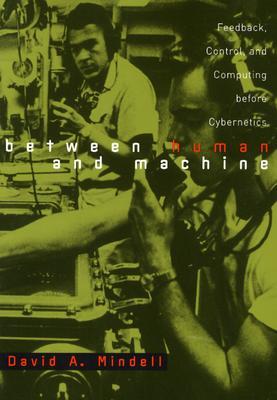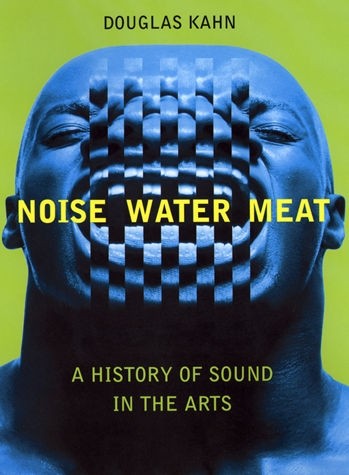David A. Mindell: Between Human and Machine: Feedback, Control, and Computing before Cybernetics (2002)
Filed under book | Tags: · computing, cybernetics, engineering, history of computing, history of technology, industry, information theory, machine, military, networks, noise, science, technology, telephone

Today, we associate the relationship between feedback, control, and computing with Norbert Wiener’s 1948 formulation of cybernetics. But the theoretical and practical foundations for cybernetics, control engineering, and digital computing were laid earlier, between the two world wars. In Between Human and Machine: Feedback, Control, and Computing before Cybernetics, David A. Mindell shows how the modern sciences of systems emerged from disparate engineering cultures and their convergence during World War II.
Mindell examines four different arenas of control systems research in the United States between the world wars: naval fire control, the Sperry Gyroscope Company, the Bell Telephone Laboratories, and Vannevar Bush’s laboratory at MIT. Each of these institutional sites had unique technical problems, organizational imperatives, and working environments, and each fostered a distinct engineering culture. Each also developed technologies to represent the world in a machine.
At the beginning of World War II, President Roosevelt established the National Defense Research Committee, one division of which was devoted to control systems. Mindell shows how the NDRC brought together representatives from the four pre-war engineering cultures, and how its projects synthesized conceptions of control, communications, and computing. By the time Wiener articulated his vision, these ideas were already suffusing through engineering. They would profoundly influence the digital world.
As a new way to conceptualize the history of computing, this book will be of great interest to historians of science, technology, and culture, as well as computer scientists and theorists.
Publisher Johns Hopkins University Press, 2002
ISBN 0801868955, 9780801868955
439 pages
Mindell’s lecture about the book at MIT (video, 78 min, 2002)
Review (Larry Owens, History of Science and Technology)
Download (removed on 2014-9-18 upon request of the author)
Comment (1)Douglas Kahn: Noise, Water, Meat: A History of Sound in the Arts (1999)
Filed under book | Tags: · art history, electronic music, experimental music, noise, sound, sound art

“This interdisciplinary history and theory of sound in the arts reads the twentieth century by listening to it–to the emphatic and exceptional sounds of modernism and those on the cusp of postmodernism, recorded sound, noise, silence, the fluid sounds of immersion and dripping, and the meat voices of viruses, screams, and bestial cries. Focusing on Europe in the first half of the century and the United States in the postwar years, Douglas Kahn explores aural activities in literature, music, visual arts, theater, and film. Placing aurality at the center of the history of the arts, he revisits key artistic questions, listening to the sounds that drown out the politics and poetics that generated them. Artists discussed include Antonin Artaud, George Brecht, William Burroughs, John Cage, Sergei Eisenstein, Fluxus, Allan Kaprow, Michael McClure, Yoko Ono, Jackson Pollock, Luigi Russolo, and Dziga Vertov.”
Published by MIT Press, 1999
ISBN 0262112434, 9780262112437
455 pages
Reviews: Yvonne Spielmann (Leonardo, 2001), James William Sobaskie (Computer Music Journal, 2001), Allison Hunter (ebr, 2001), John Potts (Screening the Past, 2002), Publishers Weekly (1999).
PDF (3 MB, updated on 2020-8-12)
Comments (9)
